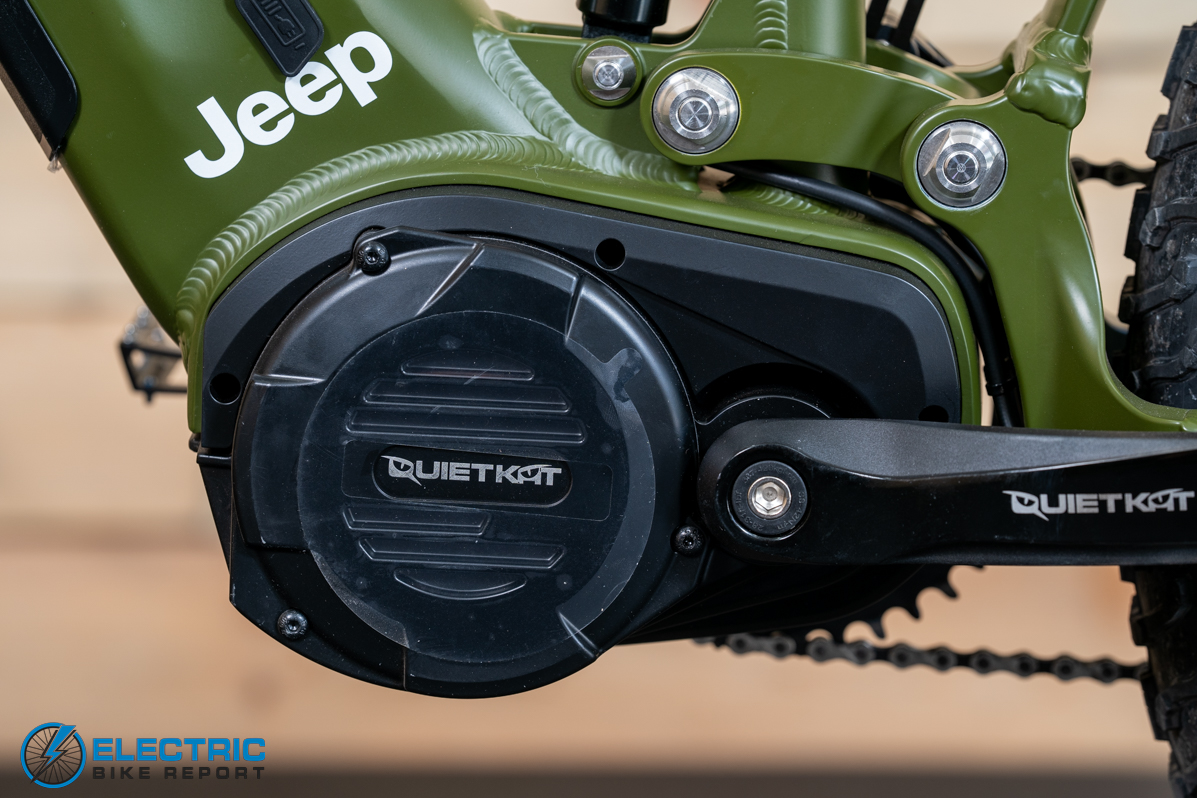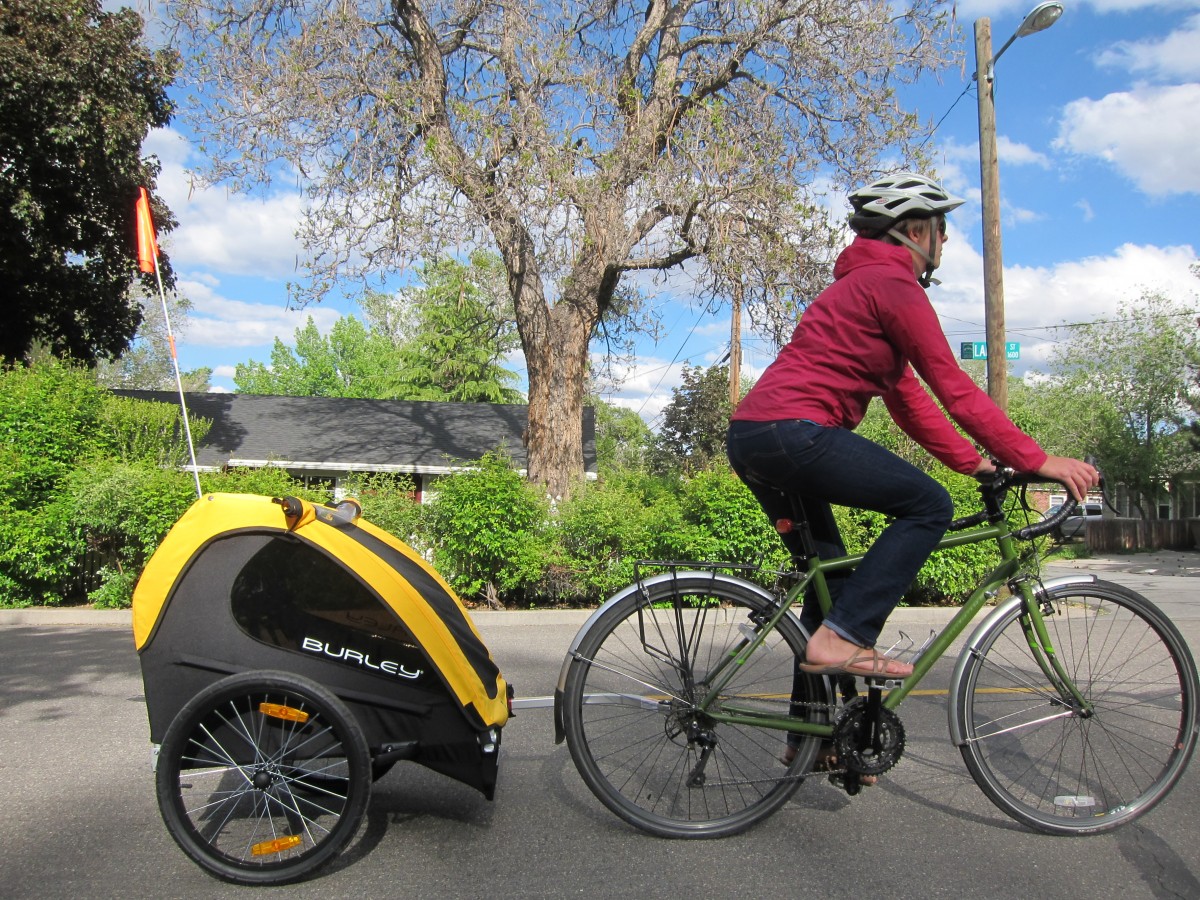An electric pedal assist bicycle, or e-bike, combines traditional pedaling with electric power. It provides a smooth, energy-efficient ride.
Electric pedal assist bicycles are revolutionizing personal transportation. They offer a greener alternative to cars and traditional bikes. E-bikes come equipped with a small electric motor that assists with pedaling, making rides less strenuous. Riders can tackle longer distances and steep hills with ease.
These bicycles are perfect for daily commutes, leisurely rides, or fitness routines. They also reduce carbon footprints and promote sustainable living. E-bikes cater to all age groups and fitness levels, enhancing both convenience and mobility. The growing popularity of e-bikes highlights their potential to reshape urban transportation and recreational cycling.
Introduction To Electric Pedal Assist Bicycles
Electric Pedal Assist Bicycles, often called e-bikes, have transformed commuting. These bikes blend traditional pedaling with electric power, offering a seamless ride. They cater to all ages, making cycling easier and more enjoyable.
The Rise Of E-bikes
E-bikes have surged in popularity recently. More people are choosing them for their daily commutes. They provide an eco-friendly alternative to cars. E-bikes reduce traffic congestion and lower carbon emissions.
Here's why e-bikes are becoming a favorite:
- Eco-friendly transportation.
- Cost-effective in the long run.
- Perfect for short and medium distances.
- Reduces physical strain on the rider.
Why Choose Pedal Assist?
Pedal assist e-bikes offer many benefits. These bikes help riders with an electric motor. The motor activates when the rider pedals. This feature makes cycling easier and less tiring.
Key advantages of pedal assist:
- Reduces physical effort.
- Extends the range of cycling trips.
- Helps tackle steep hills effortlessly.
- Encourages longer rides.
Pedal assist e-bikes are perfect for everyone. They are ideal for commuting, exercise, and leisure. These bikes make cycling accessible to more people. They are changing how people view cycling.
How Pedal Assist Works
Electric Pedal Assist Bicycles are gaining popularity for good reasons. These bikes make riding easier and more fun. Understanding how pedal assist works is key to enjoying these benefits fully.
Key Components
The pedal assist system has several key components. These include:
- Motor: Provides the power to help you pedal.
- Battery: Stores the electric energy used by the motor.
- Controller: Manages the power flow from the battery to the motor.
- Pedal Sensor: Detects when you pedal and activates the motor.
- Display: Shows information like speed, battery level, and assist mode.
Power Modes Explained
Pedal assist bikes offer different power modes. These modes adjust the level of assistance from the motor. Here are the common power modes:
| Mode | Description |
|---|---|
| Eco Mode | Provides minimal assistance. Extends battery life. |
| Normal Mode | Offers a balanced level of assistance. Good for everyday use. |
| Sport Mode | Gives maximum assistance. Ideal for hills and strong winds. |
Choosing the right mode depends on your needs. Eco mode suits long rides. Normal mode fits daily commutes. Sport mode is perfect for challenging terrains.
Benefits For Daily Commuters
Electric pedal assist bicycles, also known as e-bikes, are transforming daily commutes. They provide an efficient, cost-effective, and eco-friendly way to travel. Let's explore the benefits for daily commuters.
Health Advantages
Riding an electric pedal assist bicycle offers significant health advantages. You can get moderate exercise without overexertion. The pedal assist feature helps reduce strain on your joints.
Regular cycling can improve cardiovascular health. It can also help in maintaining a healthy weight.
- Improves heart health
- Strengthens muscles
- Reduces stress levels
Cost Savings
Daily commuting with an e-bike can lead to substantial cost savings. You save on fuel, parking, and maintenance costs. Electric bikes are cheaper to operate than cars.
| Expense | Car | E-Bike |
|---|---|---|
| Fuel | $100/month | $10/month |
| Parking | $50/month | $0 |
| Maintenance | $200/year | $50/year |
Switching to an e-bike can save you hundreds of dollars annually. These savings can be used for other personal needs.

Credit: www.walmart.com
Environmental Impact
Electric Pedal Assist Bicycles (e-bikes) offer a green alternative to cars. They contribute significantly to reducing pollution and preserving our environment. Let's explore their impact in detail.
Reducing Carbon Footprint
E-bikes produce zero emissions during use. This means they don't release harmful gases like cars do. A typical car emits about 4.6 metric tons of carbon dioxide annually. E-bikes, on the other hand, help reduce this carbon footprint drastically.
Additionally, the energy consumption of e-bikes is minimal. Charging an e-bike battery requires only a few cents worth of electricity. Compare this with the cost and environmental impact of fueling a car. The difference is significant.
Here's a quick comparison:
| Vehicle Type | Annual CO2 Emissions | Energy Cost (Annual) |
|---|---|---|
| Car | 4.6 metric tons | $1,500 |
| E-bike | 0 metric tons | $50 |
Sustainable Transportation
E-bikes promote sustainable transportation. They use rechargeable batteries, which can be charged from renewable energy sources. This further reduces their environmental impact.
Using e-bikes helps decrease traffic congestion. Fewer cars on the road mean less noise and air pollution. This makes our cities cleaner and quieter.
Here are some benefits of sustainable transportation:
- Improves air quality
- Reduces noise pollution
- Lessens traffic congestion
- Promotes healthier lifestyles
Electric Pedal Assist Bicycles are a step towards a greener planet. They offer an efficient, eco-friendly mode of transportation. Embracing e-bikes can lead to a significant positive impact on our environment.
Choosing The Right E-bike
Picking the perfect electric pedal-assist bicycle can be exciting. With many options, finding the right e-bike is key. This guide will help you make an informed choice.
Important Features
When selecting an e-bike, consider these important features:
- Battery Life: Check how long the battery lasts on a single charge.
- Motor Power: Look for a motor that provides enough power for your rides.
- Weight: Ensure the bike is light enough to handle easily.
- Range: Determine how far the bike can go before needing a recharge.
- Frame Type: Choose a frame that suits your riding style and comfort.
- Brake System: Opt for reliable brakes for safety.
Budget Considerations
Electric bikes come in a range of prices. Setting a budget helps narrow your choices:
| Price Range | Features |
|---|---|
| $500 - $1000 | Basic models with essential features. |
| $1000 - $2000 | Mid-range options with better battery life and comfort. |
| $2000+ | High-end models with advanced features and longer range. |
Determine your needs to find the best value within your budget.

Credit: highcountryebikes.com
Maintenance Tips
Keeping your electric pedal assist bicycle in top condition ensures a smooth ride. Proper maintenance can extend the life of your bike. Here are some essential tips to help you maintain your e-bike.
Routine Checks
Regular checks keep your bike running smoothly. Follow these routine checks:
- Inspect the tires for any signs of wear or damage.
- Check the brakes to ensure they are functioning correctly.
- Examine the chain and lubricate it every month.
- Ensure the lights and reflectors are clean and working.
Battery Care
The battery is the heart of your e-bike. Proper care extends its lifespan.
- Charge the battery after every ride.
- Avoid letting the battery drain completely.
- Store the battery in a cool, dry place.
- Clean the battery contacts with a dry cloth.
| Maintenance Task | Frequency |
|---|---|
| Check Tires | Weekly |
| Lubricate Chain | Monthly |
| Inspect Brakes | Weekly |
| Charge Battery | After Every Ride |
Follow these tips to enjoy a smooth and safe ride. Your e-bike will thank you!
Safety Measures
Riding an electric pedal assist bicycle is fun and eco-friendly. But, safety should be the top priority. Following these safety measures can help ensure a safe ride.
Essential Gear
Wearing the right gear can protect you from injuries. Here is a list of essential gear for every ride:
- Helmet: Always wear a helmet to protect your head.
- Gloves: Gloves can protect your hands in case of a fall.
- Knee and Elbow Pads: These can save your joints from injuries.
- Reflective Clothing: Make sure you are visible to others.
- Lights: Front and rear lights help you see and be seen.
Riding Etiquette
Following proper riding etiquette is crucial for your safety and others' too. Keep these points in mind:
- Stay on Bike Lanes: Use designated bike lanes for safety.
- Signal Your Turns: Use hand signals to indicate your turns.
- Respect Traffic Rules: Follow the same rules as other vehicles.
- Be Aware of Surroundings: Always be alert and watch for obstacles.
- Yield to Pedestrians: Give way to pedestrians at crosswalks.
By wearing the right gear and following riding etiquette, you can enjoy a safe and pleasant ride on your electric pedal assist bicycle.
Future Of E-bikes
The future of electric pedal assist bicycles, also known as e-bikes, looks very exciting. With advancements in technology and increasing market demand, e-bikes are rapidly evolving. They are becoming smarter, more efficient, and more popular. Let's explore what lies ahead for e-bikes.
Technological Innovations
Technological innovations are driving the future of e-bikes. These improvements make e-bikes more appealing and user-friendly. Here are some key advancements:
- Battery Technology: New batteries last longer and charge faster.
- Smart Integration: E-bikes now come with Bluetooth and GPS features.
- Lightweight Materials: Modern e-bikes use carbon fiber and other light materials.
- Enhanced Motors: Motors are quieter and more powerful than before.
Market Trends
The market for e-bikes is growing quickly. Several trends indicate their rising popularity:
- Urban Commuting: More people use e-bikes for daily commuting.
- Eco-Friendly Transport: E-bikes are a green alternative to cars.
- Fitness and Recreation: E-bikes are popular for fitness and leisure rides.
- Government Support: Many governments offer incentives for e-bike purchases.
Here's a quick comparison of traditional bikes and e-bikes:
| Feature | Traditional Bike | E-Bike |
|---|---|---|
| Speed | Moderate | Higher |
| Effort | High | Low |
| Range | Limited by stamina | Extended with battery |
| Cost | Lower | Higher |
The future of e-bikes is bright. They offer a modern solution to urban transport and personal fitness. With ongoing technological advancements and positive market trends, e-bikes are set to become even more integral to our daily lives.

Credit: electricbikereport.com
Frequently Asked Questions
What Is An Electric Pedal Assist Bicycle?
An electric pedal assist bicycle, or e-bike, uses a motor to help you pedal. The motor provides extra power, making cycling easier.
How Does Pedal Assist Work On E-bikes?
Pedal assist on e-bikes uses sensors to detect your pedaling. The motor engages to provide extra power, making pedaling easier.
What Are The Benefits Of Electric Pedal Assist Bikes?
Electric pedal assist bikes make commuting easier and reduce fatigue. They are environmentally friendly and can improve your fitness.
How Far Can You Ride An Electric Pedal Assist Bike?
The range of an electric pedal assist bike depends on the battery. Most can travel between 20 to 50 miles on a single charge.
Conclusion
Electric pedal assist bicycles offer an eco-friendly and efficient way to commute. They enhance your cycling experience with ease. Enjoy improved fitness and reduced carbon footprint. Choosing an electric pedal assist bike can transform your daily travel. Invest in one today for a healthier and greener lifestyle.














